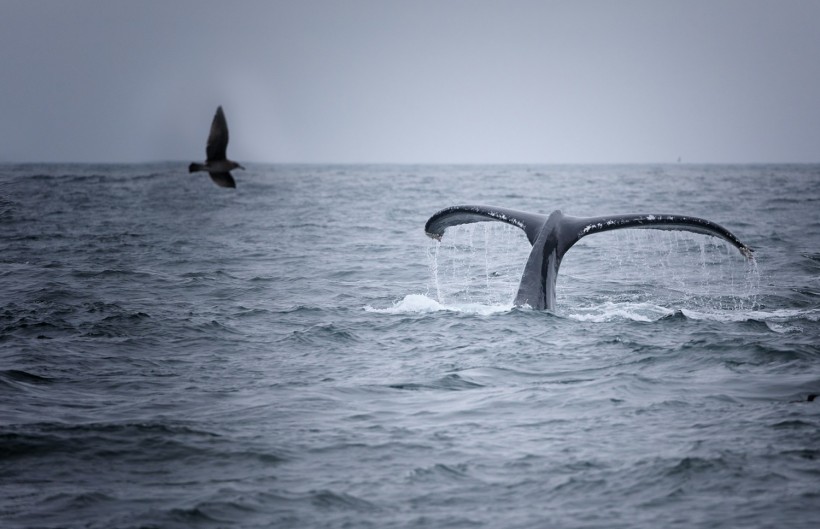Blue whales are returning to the Indian Ocean several decades after they were driven out by whaling, an age-old practice of hunting whales for food and oil that was once conducted by seafaring nations around the world.
Now, scientists have recorded that some members of the blue whale species (Balaenoptera musculus), Earth’s largest animal, are making their presence felt once again in the waters of Seychelles.
Scientists consider that this is a haven or sanctuary for giant marine mammals.
Whaling, also called ancient whaling, has been practiced by humans for thousands of years globally, including by coastal communities across the Atlantic Ocean, Arctic Ocean, Pacific Ocean, and Indian Ocean.
The practice has also been used for research or commercial use, where the latter has lasted for more than 200 years. Due to excessive hunting associated with whaling, large whale species such as B. musculus were almost driven to the brink of extinction.
Blue Whales Return to Seychelles

(Photo : Photo by Vivek Kumar on Unsplash)
Blue whales have now returned to the Republic of Seychelles, which was once part of the Indian Ocean Whale Sanctuary in 1979. This latest development comes after scientists reported that there are sightings again of marine animals in these tropical waters.
The scientific reports were made by scientists from the University of Seychelles, Oregon State University, and Florida International University.
The recordings involve 23 species of whales, including blue whales. Over the past five years, five blue whale sightings have been confirmed in the waters of Seychelles.
Also Read: Endangered Blue Whale Off California Coast is a Rare December Sighting
What is the Oldest Evidence of Whaling?
Whaling has been practiced long before modern vessels and fishing equipment were invented.
However, the exact origins or oldest evidence of ancient whaling has long been contested by experts. Still, there are several clues left behind by the prehistoric hunting practice.
In a study published in the journal Les Nouvelles de l’archeologie, the oldest evidence of ancient whaling can be traced back to 6,000 years ago.
This is based on archeological evidence in the form of ancient visual narratives or rock art petroglyphs in the White Sea, located northwest off the coast of Russia, depicting the relationship between whales and human communities.
Commercial Whaling Industry
Although whaling has long been banned in the majority of the world, some countries like Iceland, Norway, and Japan are still engaged in this ancient hunting practice but has now become a part of the modern whaling industry.
Due to the ecological and existential threat posed by whaling, various organizations and marine wildlife authorities are denouncing the persistence of this method.
According to the organization Whale and Dolphin Conservation, Japan, Iceland, and Norway have collectively killed almost 40,000 large whales since the banning of commercial whaling in 1986.
In addition, over 100,000 dolphins, porpoises, and small whales are slaughtered for their meat, substances, and body parts in different countries each year, the organization added.
Related Article: Blue Whales Are the Biggest Microplastic Consumer Victims, Eating an Estimated 10 Million Pieces of Microplastic Daily
© 2023 NatureWorldNews.com All rights reserved. Do not reproduce without permission.

